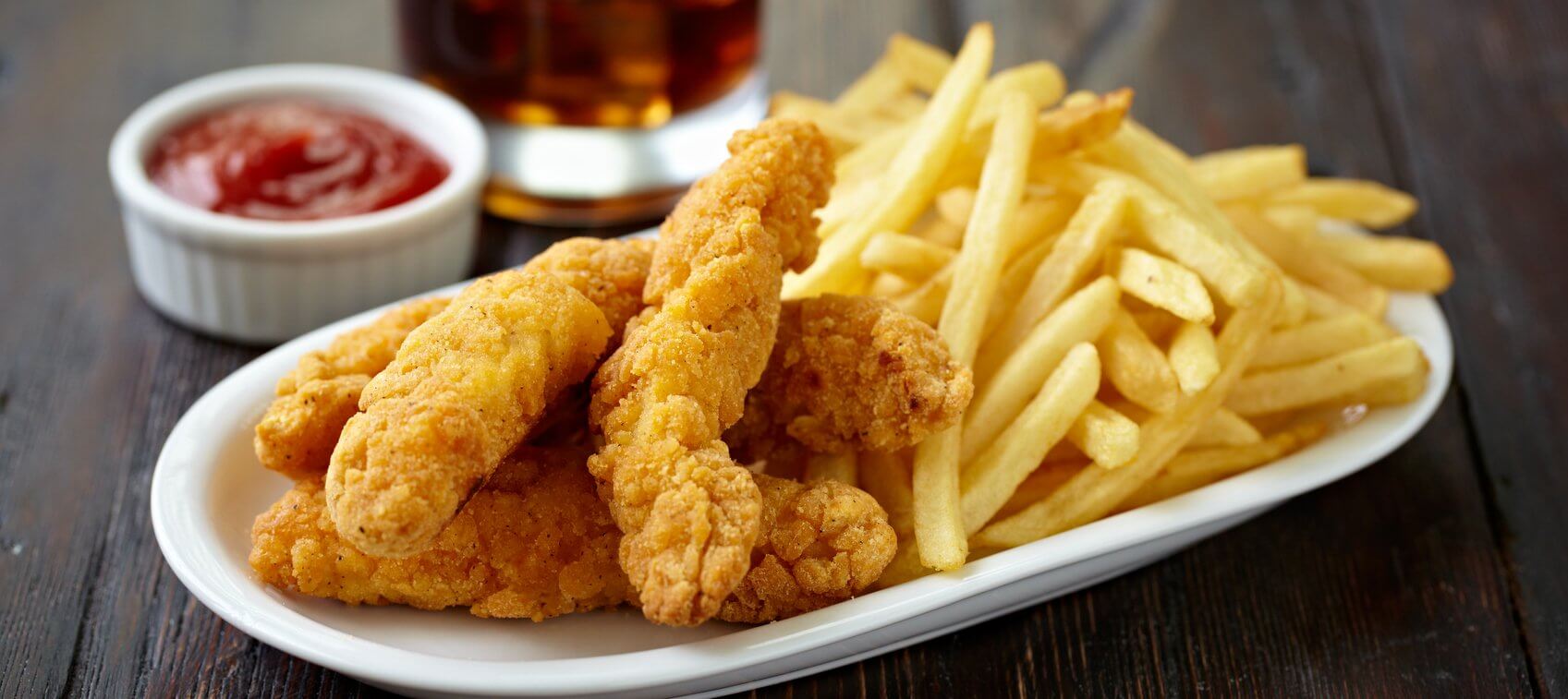
Most people know by now that certain fats, particularly omega-3 fats, are great for your cardiovascular health. That’s why my Pan-Asian Modified Mediterranean (PAMM) diet, which is rich in heart-healthy omega-3 fats, is ideal for anyone with cardiovascular concerns.
But there is one particular kind of fat that everyone—especially those with cholesterol concerns—should avoid like the plague: trans fats.
In the simplest terms, trans fats are created when hydrogen is added to (or “bubbled” into) polyunsaturated oils (such as vegetable oil). Food manufacturers use these manmade, partially hydrogenated fats to prolong the shelf life of packaged products.
Foods with Trans Fat and Partially Hydrogenated Oils
- Margarine and shortening
- Most pre-packaged baked goods
- Frozen products, such as fish sticks and French fries
- Microwave popcorn
- Commercial salad dressings
- Pancake mixes
- Many fried foods
The Impact of Foods with Trans Fat on Cholesterol Levels
These unnatural oils are associated with increased free-radical activity, which in turn can promote LDL cholesterol oxidation, lower healthy HDL cholesterol levels, and raise Lp(a), which is the most dangerous type of LDL cholesterol.
Studies have even shown that when the consumption of foods with trans fat in the diet increases, LDL cholesterol particles decrease significantly in size, which makes them much more of a health risk. (Having mostly small, dense LDL cholesterol particles puts you at a higher risk for heart disease than if your LDL cholesterol is mostly the larger, more buoyant type of particles.)
Trans fats also interfere with your body’s ability to process and use essential fatty acids that help promote heart health.
Dietary guidelines tell us that no more than 1% of your caloric intake should come from trans fats. For example, if you consume 2,000 calories a day, no more than 20 calories, or approximately 2 grams, should come from trans fats. A report from a National Academy of Sciences panel, however, concluded that “the only safe intake of trans fat is zero.” I agree that zero trans fats should be the goal!
Scouting Out Foods with Trans Fat
To do a really thorough job of evaluating the amount of trans fat in a food, you need to go beyond the trans fat content listing on the product label or nutritional facts sheets offered by some restaurants. That’s because food manufacturers do not have to list the amount of trans fat a product contains if it is less than 0.5 gram per serving.
You also need to look at the list of a product’s ingredients to see if it contains “shortening” or “partially hydrogenated” oils, which are the unhealthy oils that ultimately create trans fats.


